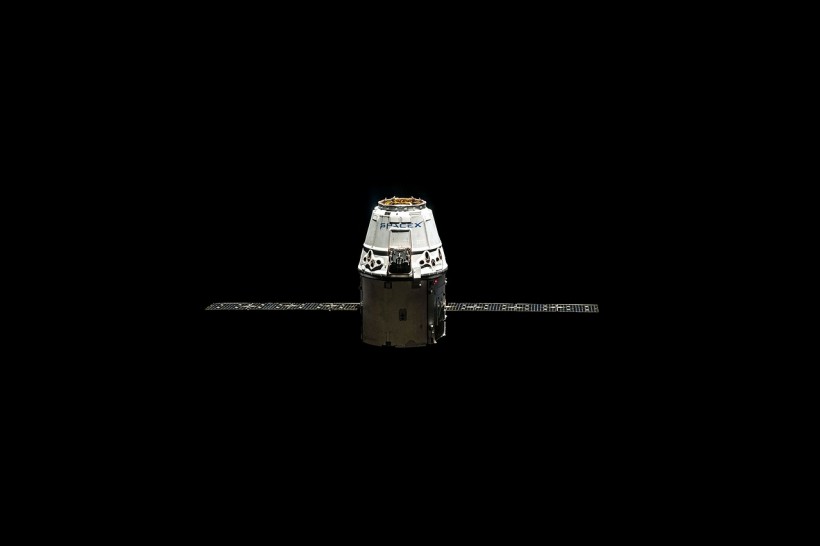Some of the recently launched new-gen satellites of SpaceX's Starlink have started deorbiting, leading Starlink to face technical issues.
Geomagnetic Storms Lead Starlink Satellites To Crash
According to MSN, last February, 40 first-gen Starlink satellites got hit by a geomagnetic storm. All of these fell to earth in quite an extraordinary fashion.
During this time, SpaceX has already deployed thousands of satellites in orbit. Though the loss of some satellites could be quite costly, it is part of the risks that come with having a business operating in space.
MSN notes that geomagnetic storms, which result from interactions between solar activity and the earth's magnetic fields, frequently take place to some extent. Though NASA is looking for ways to get more accurate predictions of such events, such cosmic incidents are bound to take place at some point.
ALSO READ: Solar Flares A Major Threat Elon Musk's Starlink -The Revolutionary Internet Satellites in Space
Next-Gen Starlink Satellites Face Technical Issues
While 40 first-gen satellites were hit and destroyed, the next-gen Starlink satellites, known as V2 Minis, are apparently not doing better than their predecessors. In fact, according to the First Post, one of these satellites crashed into the earth and ended up burning during its reentry. A stargazer was able to capture the incident, specifically covering one next-gen V2 Mini satellite.
Just saw something break up in the atmosphere looking NW from Salinas, CA
Saw a burst of bright objects which then went behind a cloud. One piece emerged which you can see in the (bad) video. Seems slower than a "shooting star"
1:50AM PDT
Anyone else see it? pic.twitter.com/QAf3CRrZDA— Dann Cianca ⚡ (@danncianca) April 3, 2023
Per Gizmodo, according to Jonathan McDowell, a Harvard-Smithsonian astrophysicist who monitors the telecommunication satellites of SpaceX, the designated 30062 satellite entered the atmosphere of earth once more last Monday. As it reentered the atmosphere, the satellite likely burned in flames.
McDowell also adds that three V2 Minis were observed raising their altitudes to try to meet their operational orbits. However, one ended up deorbiting. MSN notes that, unless these satellites get to course-correct, there might be a dozen more following suit on this downhill trajectory.
Three of the Starlink V2Mini sats (30058, 30042, 30051) have resumed orbit raising, while Starliink 30062 reentered at 0850 UTC Apr 3 off the coast of California pic.twitter.com/viv6daE4Gv
— Jonathan McDowell (@planet4589) April 3, 2023
While this has led Starlink and SpaceX to face technical issues, this may not remain a pressing concern in the long run. MSN reports that the V2 Mini satellites will soon be replaced by other, bigger next-gen satellites.
The V2 Minis were deployed on the Falcon 9 craft on February 27. There were 21 of them in total. These mini satellites are mini versions of the full-sized next-gen Starlink satellites. These tiny V2 Mini satellites are designed to help SpaceX boost its internet mega constellation capacities and supply the growing demand for Starlink until SpaceX can deploy its full-sized Starlink satellites.
The concern, however, is that SpaceX's Falcon 9 cannot handle the full-sized satellites. The Falcon 9 is not designed to board these next-gen satellites.
Hence, SpaceX will have to wait for the impressive Starship, which the company is looking to test this week, to be ready before bigger V2s get to hit the cosmos.
RELATED ARTICLE: Elon Musk Plans to Change Default Name of Starlink WiFi Router to "Stinky"
Check out more news and information on SpaceX in Science Times.















